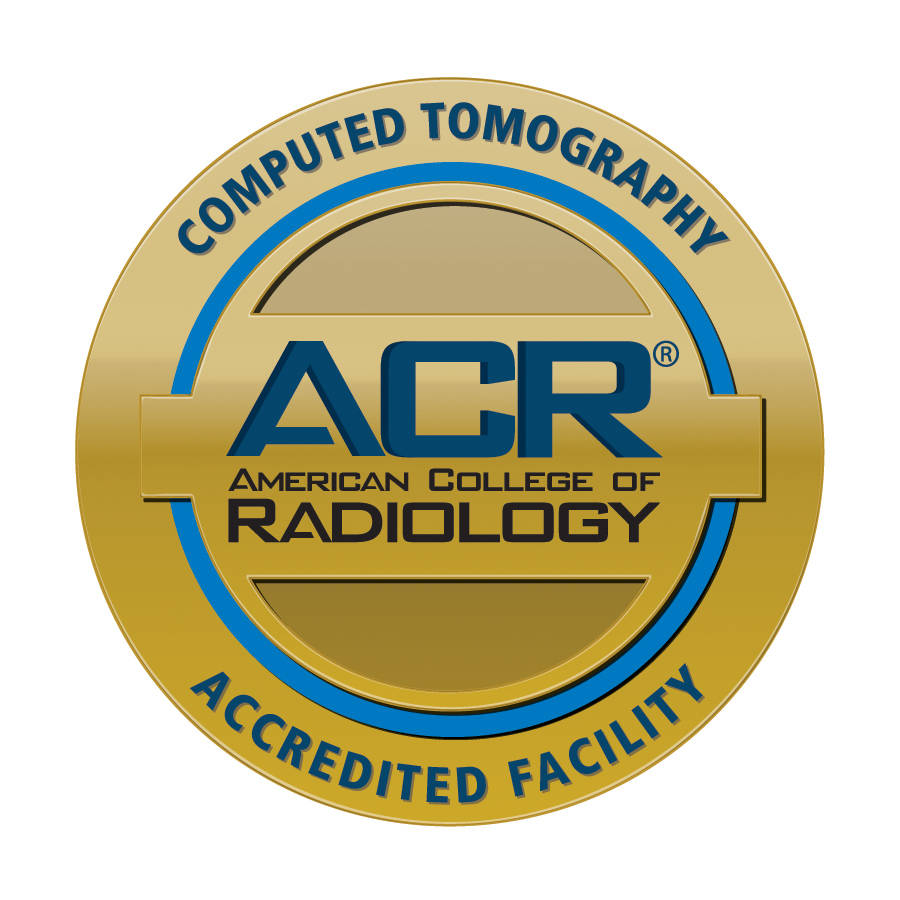X-rays, also known as radiographs, are a type of electromagnetic radiation that have been used in medicine for over a century. They are a versatile diagnostic tool that can help doctors diagnose a range of conditions and injuries, from broken bones to tumors. In this blog post, we will explore the top three uses of X-rays in medicine.
One of the most common uses of X-rays is to diagnose bone fractures. When a bone is fractured, X-rays can be used to create an image of the affected area. The image shows the break in the bone, which helps doctors determine the severity of the fracture and the best course of treatment.
X-rays are particularly useful in diagnosing simple fractures, such as a broken arm or leg. In these cases, the X-ray can show the exact location of the break, the angle of the fracture, and the alignment of the bones. This information is crucial in determining the best treatment plan, such as casting, surgery, or immobilization.
X-rays can also be used to diagnose more complex fractures, such as those involving multiple bones or joints. In these cases, the X-ray can show the extent of the damage and help doctors plan a more complex treatment strategy.
X-rays are also commonly used in dentistry to detect dental problems. Dental X-rays are used to create images of the teeth, gums, and jawbones. These images can help dentists diagnose a range of dental problems, from cavities and gum disease to impacted wisdom teeth.
Dental X-rays are particularly useful in detecting dental problems that are not visible to the naked eye. For example, X-rays can show the extent of a cavity, including how deep it is and whether it has reached the root of the tooth. X-rays can also show the position of wisdom teeth, which can be difficult to see during a regular dental exam.
In addition to diagnosing dental problems, X-rays can also help dentists plan dental treatments. For example, X-rays can help dentists determine the best location for dental implants or the best course of action for treating a root canal.
X-rays are also used to diagnose chest and lung problems. Chest X-rays can create images of the chest, including the heart, lungs, and surrounding structures. These images can help doctors diagnose a range of conditions, such as pneumonia, lung cancer, and heart failure.
Chest X-rays are particularly useful in detecting abnormalities in the lungs, such as fluid or air buildup. X-rays can also show the size and shape of the heart, which can help doctors diagnose heart problems such as congestive heart failure.
In addition to diagnosing chest and lung problems, X-rays can also be used to monitor the progression of certain conditions. For example, X-rays can be used to track the growth of lung tumors or to monitor the effectiveness of treatments for conditions such as pneumonia.
Connect with us to learn more about how the AV Imaging team can help!

